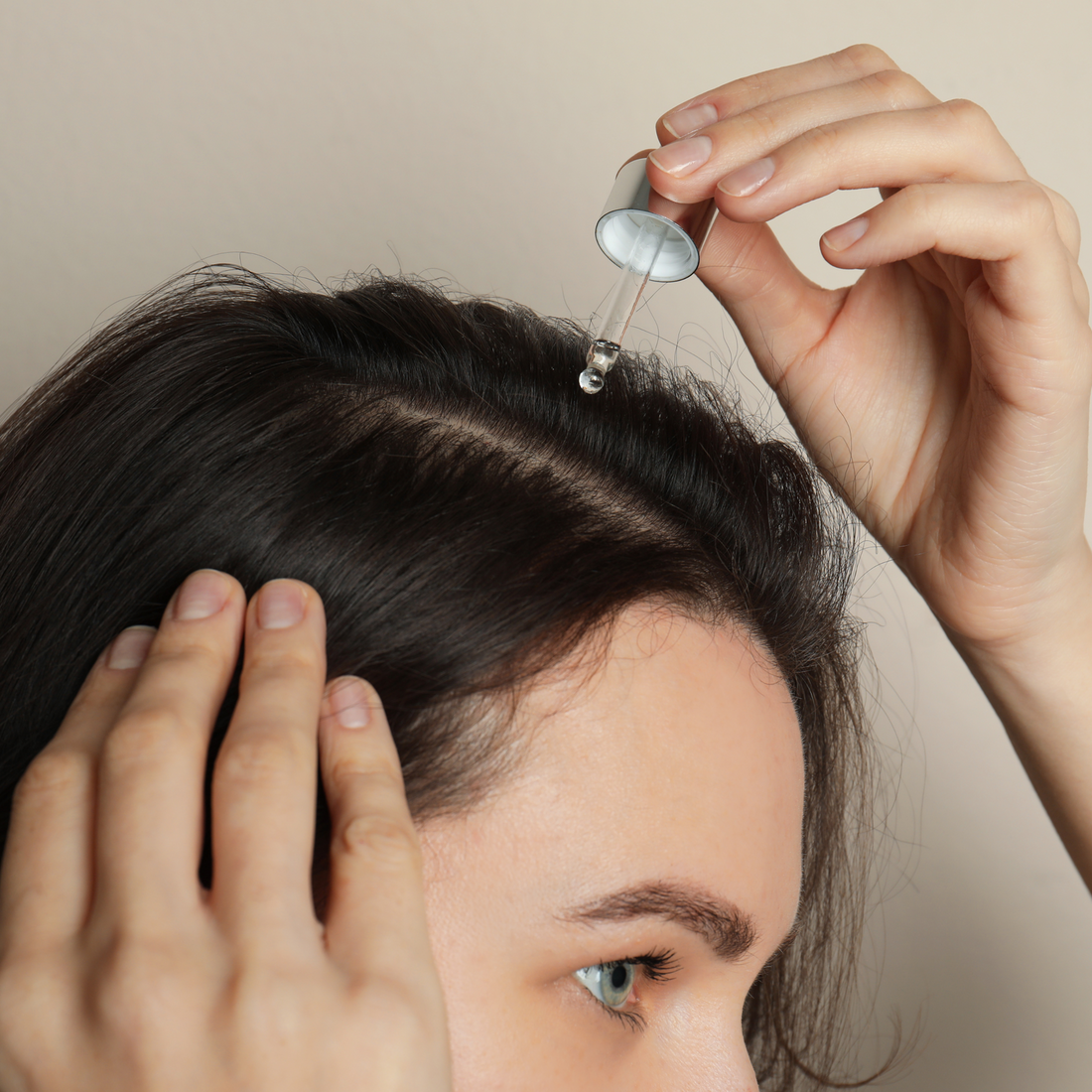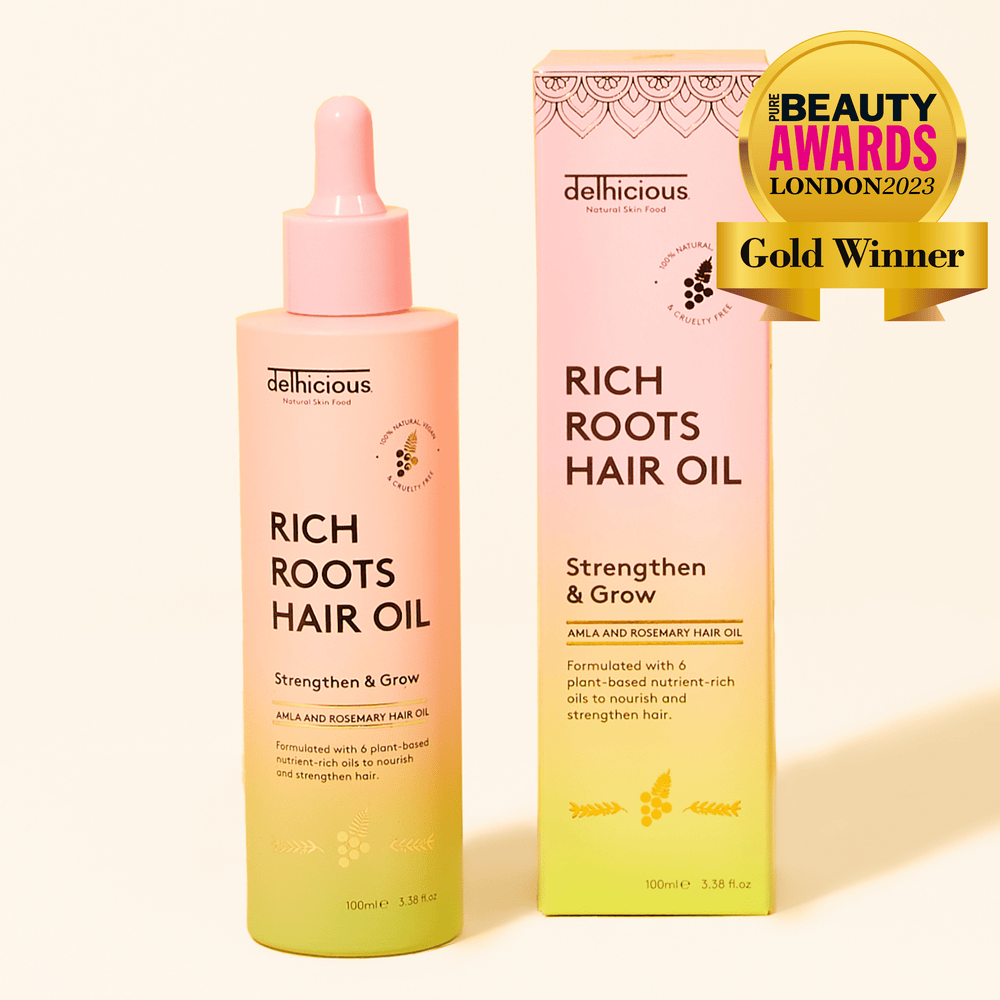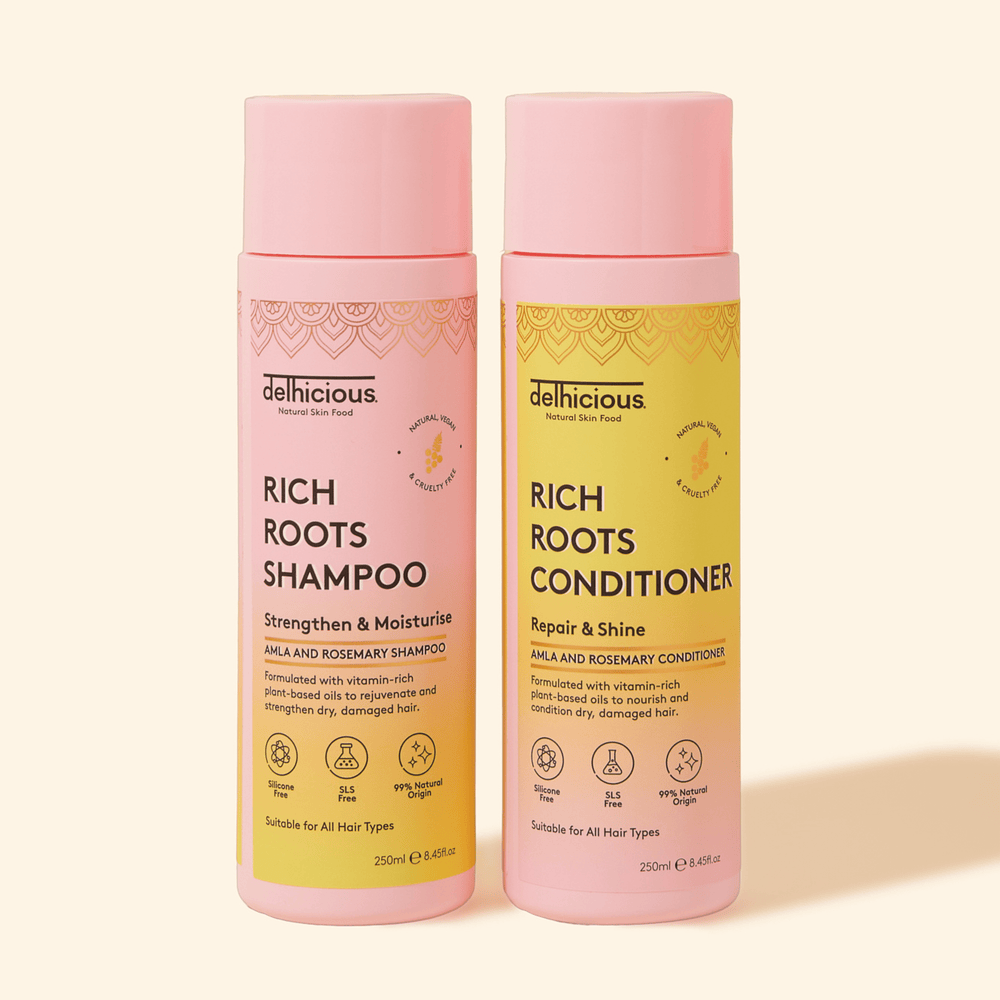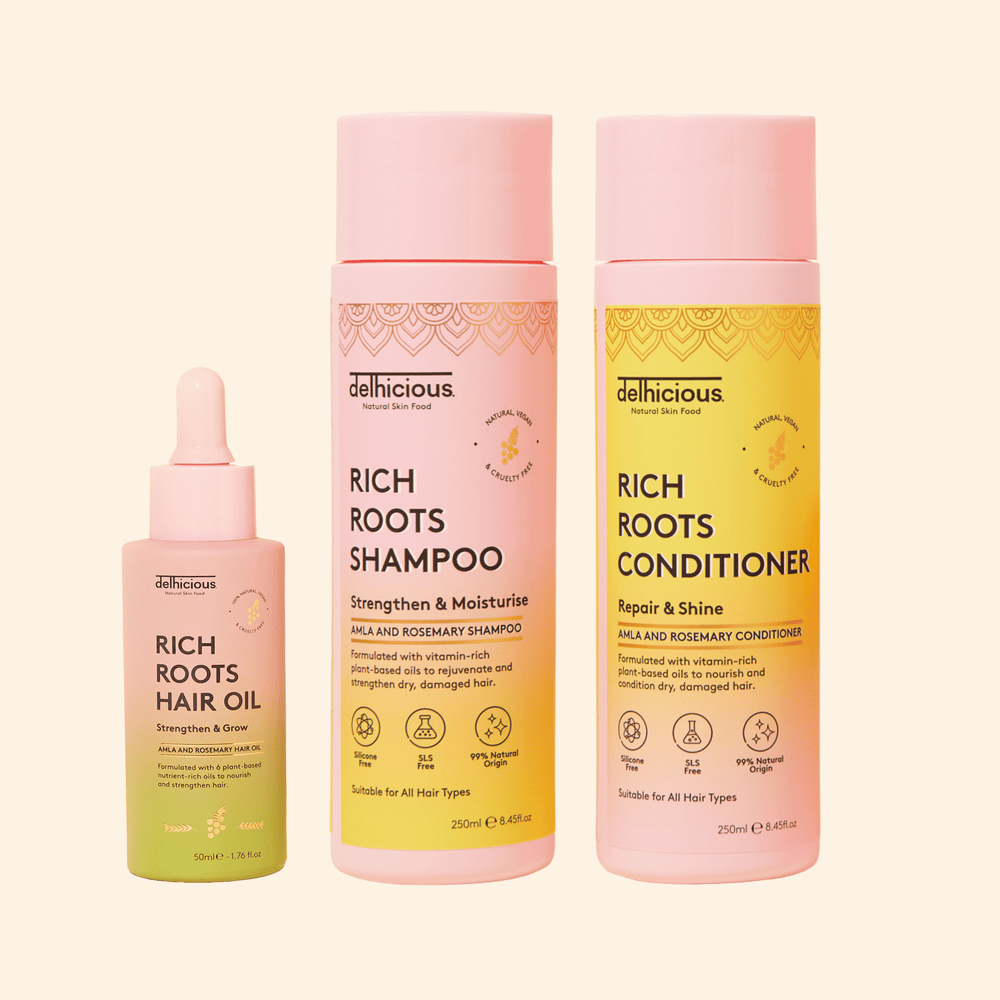
Hair care routines come in all shapes and sizes, but one practice that has stood the test of time is hair oiling. Whether you’ve heard of it through your grandmother’s advice or discovered it through modern wellness trends, hair oiling is a natural remedy that’s been around for centuries. But what exactly is hair oiling, where did it come from, and why is it so popular?
What is Hair Oiling?
At its core, hair oiling is simply the act of massaging oils into your scalp and hair. This practice is often done as a part of a weekly or daily routine, where specific oils (like coconut, argan, or castor oil) are applied to nourish the hair and scalp. The idea is that oiling helps provide essential nutrients, moisture, and care that might be lacking from regular shampooing or the stresses of daily life.
A Brief History of Hair Oiling
The tradition of hair oiling dates back thousands of years, especially in ancient cultures like India, Egypt, and Greece. In India, it's been a part of Ayurvedic medicine for centuries, where oils are used not just for hair, but to balance the body’s energies and promote overall wellness. Ingredients like coconut oil, amla oil, sesame oil, and bhringraj were commonly used, each offering specific benefits for the hair and scalp. Throughout history, oiling has been seen as a holistic practice to support healthy hair growth and restore vitality.
The Benefits of Hair Oiling
- Promotes Hair Growth: One of the most talked-about benefits of hair oiling is its ability to promote hair growth. Some oils, like castor oil, are rich in fatty acids and vitamin E, which nourish hair follicles, improve circulation, and help strengthen hair strands. Regular oiling may also reduce hair thinning, leaving your hair feeling thicker and fuller.
- Moisturises and Nourishes: Hair oiling helps restore moisture to the scalp and hair, preventing dryness and damage. This is especially beneficial for those with dry or curly hair, as oils lock in hydration and keep the hair soft and shiny. Oiling can also prevent split ends and breakage by improving the overall health of your strands.
- Improves Scalp Health: A healthy scalp is essential for healthy hair. Hair oiling can soothe scalp irritation, prevent dandruff, and promote blood circulation, all of which help create an optimal environment for hair growth. The massage that typically accompanies oiling also helps in relaxing the scalp and reducing stress, which is great for both hair and overall well-being.
- Strengthens Hair: Oils such as coconut and argan oil contain proteins that can strengthen the hair shaft, making hair less prone to breakage. These oils also help with frizz control and keep hair looking sleek and smooth.
- Adds Shine and Lustre: Hair oiling can give your hair a natural shine, making it look healthier and more vibrant. It also helps reduce the appearance of dull, lifeless hair, making it a great addition to any hair care routine.
How to Do Hair Oiling
Now that you know the benefits, let’s talk about how to actually do it. While hair oiling is simple, doing it right can make all the difference in reaping the full rewards.
1. Choose Your Oil
There are many oils to choose from, and your choice should depend on your hair type and what you're trying to achieve. Here are some popular options:
- Coconut Oil: Best for dry or damaged hair. It’s nourishing, easily absorbed, and can help with frizz control and breakage.
- Argan Oil: Rich in antioxidants, it’s perfect for smoothing and protecting your hair.
- Castor Oil: Known for its ability to promote hair growth, it’s great for thinning hair.
- Jojoba Oil: Works well for all hair types, especially if you have an oily scalp, as it mimics natural scalp oils.
- Olive Oil: Excellent for dry, curly, or coarse hair and can help with shine and moisture.
You can try our Rich Roots Hair & Scalp Oil which contains a blend of 6 plant-based Indian Ayurvedic oils. These include Amla (Indian Gooseberry) oil which is rich in vitamin C and can strengthen the scalp, reduce hair loss and stimulate hair growth. Bhringraj contains anti-inflammatory properties to help reduce dandruff and relieve dry, itchy scalps while Argan oil moisturises and adds shine.
2. Heat the Oil
While you don’t have to warm the oil, slightly heating it can enhance its effectiveness and make the process more relaxing. Warm oil penetrates the scalp and hair more easily. Simply heat the oil in a small bowl for about 10-15 seconds in the microwave or warm it gently in your hands.
3. Section Your Hair
If you have long or thick hair, sectioning your hair will make the process easier. Divide your hair into small sections so you can apply the oil evenly.
4. Massage the Oil into Your Scalp
Start by massaging the oil into your scalp. Using your fingertips (not nails), gently massage in circular motions to stimulate blood flow to the scalp and ensure that the oil is absorbed. Spend about 5-10 minutes on this step to make the most of the massage.
5. Apply Oil to Hair Ends
Once your scalp is well-oiled, run your hands through the length of your hair, applying oil to the ends. The ends of your hair are the oldest and tend to get the driest, so they’ll benefit most from the moisture.
6. Let It Sit
After oiling, allow the oil to sit for at least 30 minutes. For more intensive treatment, you can leave it on overnight (just make sure to wrap your hair in a towel or use a shower cap to avoid stains). The longer you leave it on, the better the results.
7. Wash and Rinse
After your oiling session, wash your hair with a gentle shampoo to remove the oil. You may need to shampoo twice to get all the oil out, especially if you used a heavier oil like castor oil.
Check out our Rich Roots Shampoo & Conditioner Set, which work well in combination with our Rich Roots Hair Oil.
8. Repeat Regularly
For best results, try oiling your hair once or twice a week. If you have very dry hair or specific concerns like hair loss, you might want to oil more frequently.
Conclusion
Hair oiling is a time-tested practice that can deeply nourish your hair and scalp, providing numerous benefits such as promoting growth, reducing frizz, and enhancing shine. Whether you’re looking to strengthen your hair, combat dryness, or improve scalp health, oiling could be the perfect addition to your hair care routine.
So, set aside some “me time,” and enjoy the relaxing ritual of hair oiling. You might just find that your hair feels and looks better than ever before!




